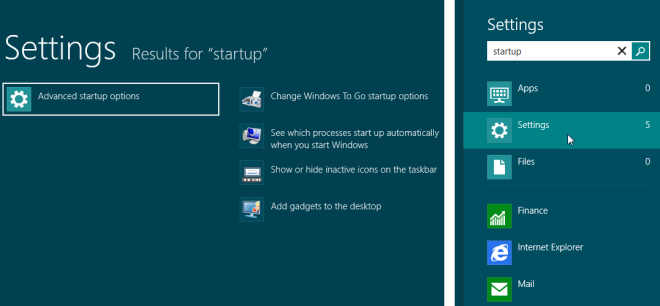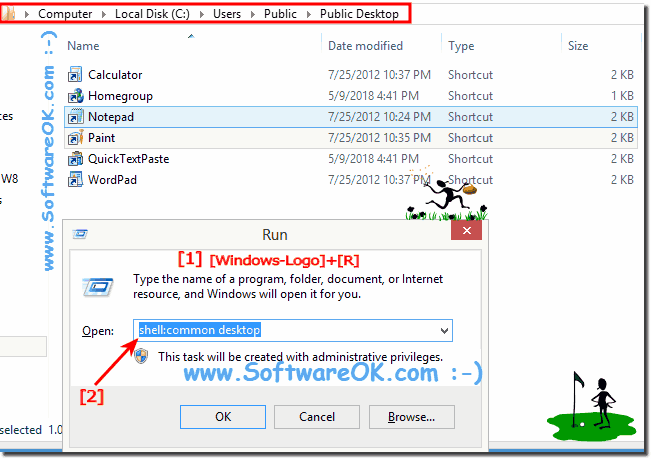

However, the “AppData” folder is "Hidden" which means you will not see it without editing the Folder Options within Windows Explorer first.
Many programs keep their data in the "AppData" folder within each “User” folder. Additionally, you can find files and programs being used by the user in the general “User” folder mentioned above.

What folders contain user data?ĭesktop, Downloads, My Documents, My Pictures, My Videos and My Music are all folders that will contain user data that you'll most likely want to review. Note: Local administrators (meaning you have administrator rights on that computer) can access any of the other users' folders. If you try to open a folder you do not have access to, you’ll be given a notification window like this: An important point to note is that you will only have access to your own user folder. Inside each of the "User" folders, you'll find the same folder structure: contacts, desktop, documents, downloads and more. Once you've logged into your Windows machine, you can find all of the data on the computer’s “Local Disk (C:) > Users.” When working with corporate machines, it's normal to see multiple users, including Administrator or IT users. Unless you’re using an operating system older than Windows XP (2001), the following tips should work for you.

In today’s Tuesday Tip, I'm sharing the easiest way to find this user data, plus a few unusual places to look that also contain useful information.Įver since Windows released Vista in 2006, the system has been pretty consistent when it comes to where it holds data. Whether you're given a client’s computer to obtain forensic images or to collect records, it can be difficult to find the correct user data without getting mixed up in all the system files, programs and other data that isn't of value for your legal review.


 0 kommentar(er)
0 kommentar(er)
